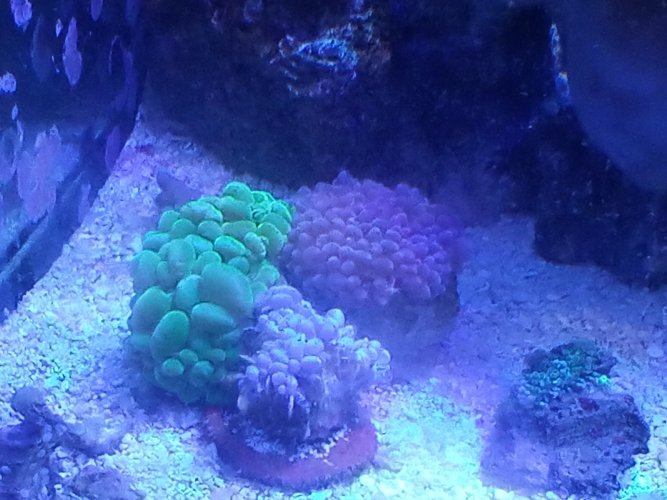My plan is use a syringe with peroxide and inject the tubes with it. Then crush the tubes, cover area in glue and rinse. I knew will always have a few but not they are popping through coral.
The powerheads are not mine; knock wood so far they are clean.
The powerheads are not mine; knock wood so far they are clean.



